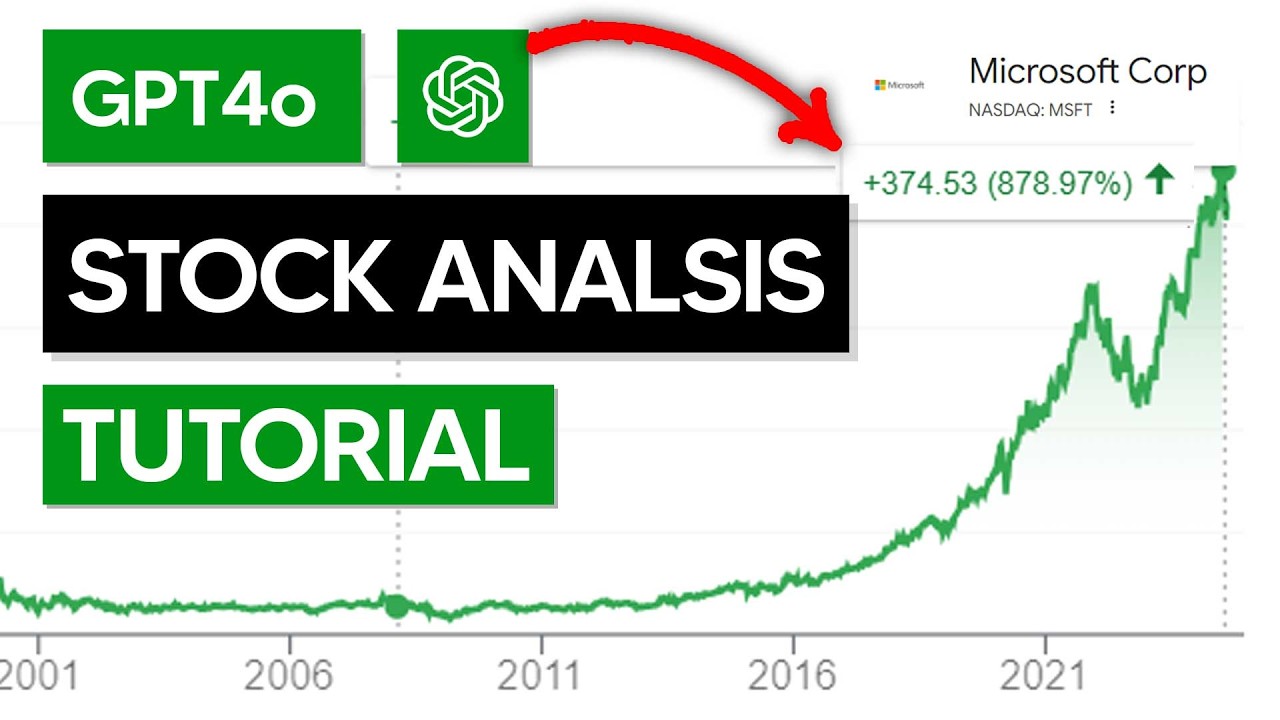20 Handy Ideas For Picking Ai Investing Platforms
20 Handy Ideas For Picking Ai Investing Platforms
Blog Article
Top 10 Tips To Optimize Computational Resources When Trading Ai Stocks, From Penny Stocks To copyright
Optimizing your computational resources can aid you in trading AI stocks effectively, especially in the penny stock market and copyright markets. Here are 10 top suggestions to maximize your computational resources:
1. Cloud Computing Scalability:
Use cloud platforms such as Amazon Web Services or Microsoft Azure to expand your computing resources to suit your needs.
Cloud-based solutions allow you to scale down and up depending on the volume of trading and model complexity, requirements for data processing, etc., particularly when trading on volatile markets, such as copyright.
2. Make sure you choose high-performance hardware that can handle real-time processing
Tip Invest in high-performance equipment for your computer, like Graphics Processing Units(GPUs) or Tensor Processing Units(TPUs) for running AI models with efficiency.
Why: GPUs/TPUs dramatically accelerate modeling and real-time processing of data. This is crucial for rapid decision-making in high-speed markets like penny stocks or copyright.
3. Optimize data storage and access speed
Tips: Make use of efficient storage solutions such as SSDs, also known as solid-state drives (SSDs) or cloud-based storage services that offer high-speed data retrieval.
Why? AI-driven decisions that require fast access to real-time and historical market data are crucial.
4. Use Parallel Processing for AI Models
Tips: Use parallel computing techniques to run several tasks at once for example, analyzing various markets or copyright assets simultaneously.
What is the reason? Parallel processing speeds up data analysis and model building particularly for large data sets from many sources.
5. Prioritize Edge Computing for Low-Latency Trading
Tips: Implement edge computing techniques where computations are performed closer to the data source (e.g. data centers or exchanges).
What is the reason? Edge computing decreases the latency of high-frequency trading and copyright markets where milliseconds are critical.
6. Improve the efficiency of the algorithm
A tip: Improve AI algorithms to improve efficiency during both training and execution. Techniques such as trimming (removing unnecessary parameters from the model) can be helpful.
What is the reason? Models optimised for efficiency use fewer computational resources and can maintain their efficiency. This means that they need less hardware for trading and accelerates the execution of those trades.
7. Use Asynchronous Data Processing
Tip - Use asynchronous processing of data. The AI system will process data without regard to other tasks.
Why is this method ideal for markets with high volatility, like copyright.
8. Manage the allocation of resources dynamically
Tips: Use management tools for resource allocation that automatically assign computing power according to the demand (e.g. during market hours or large occasions).
Why is this: Dynamic Resource Allocation ensures AI models are running efficiently, and without overloading the systems. This helps reduce downtime in peak trading hours.
9. Make use of lightweight models for real-time trading
Tips: Select machine learning models that can quickly make decisions based on real-time data, without requiring large computational resources.
What's the reason? when trading in real-time (especially when dealing with penny shares or copyright) It is more crucial to take swift decisions instead of using complicated models, as markets can change quickly.
10. Monitor and improve the efficiency of computational costs
Keep track of the costs associated with running AI models, and then optimize to reduce costs. You can select the most efficient pricing plan, such as spots or reserved instances, according to your needs.
Reason: Efficacious resource utilization means that you're not spending too much on computational resources. This is particularly essential when trading on narrow margins in copyright or penny stock markets.
Bonus: Use Model Compression Techniques
You can reduce the size of AI models by using model compression methods. These include quantization, distillation, and knowledge transfer.
The reason: Since compressed models are more efficient and offer the same speed they are ideal for trading in real-time where computing power is limited.
Implementing these strategies will help you optimize computational resources in order to build AI-driven platforms. This will ensure that your trading strategies are efficient and cost-effective, regardless whether you trade penny stocks or copyright. Check out the most popular ai financial advisor hints for website advice including ai stock, ai stock trading, best ai for stock trading, ai for investing, best stock analysis website, ai for stock trading, ai copyright trading, ai trading platform, ai trading platform, ai for trading and more. 
Top 10 Tips For Beginning Small And Scaling Ai Stock Selectors To Investment Predictions, Stocks And Investments.
Scaling AI stock pickers to make stock predictions and to invest in stocks is a smart strategy to minimize risks and gain a better understanding of the intricate details behind AI-driven investments. This method lets you refine your models gradually while also ensuring you are building a sustainable and well-informed strategy for trading stocks. Here are 10 of the best AI strategies for picking stocks to scale up, and even starting with small.
1. Begin by focusing on a Small Portfolio
Tip: Start with a small, concentrated portfolio of stocks that you know well or researched thoroughly.
What's the reason? With a targeted portfolio, you will be able to learn AI models, as well as selecting stocks. Additionally, you can reduce the chance of massive losses. As you become more experienced and gain confidence, you can add more stocks or diversify across different sectors.
2. AI to test only one strategy first
Tips: Start with a single AI-driven strategy such as momentum or value investing, before branching out into multiple strategies.
Why: This approach will help you understand how your AI model works and fine-tune it for a particular type of stock selection. You can then expand the strategy with more confidence once you know that your model is performing as expected.
3. Begin with a small amount of capital
Tip: Start by investing just a little in order to reduce your risk. This will also allow you some room for errors as well as trial and error.
Why: Start small to reduce the risk of losses as you create your AI model. This is a great opportunity to gain hands-on experience without risking significant capital early on.
4. Explore the possibilities of Paper Trading or Simulated Environments
TIP Use this tip to test your AI strategy and stock-picker by trading on paper before you make a real investment.
The reason is that paper trading allows you to simulate real market conditions, without the financial risk. This helps you refine your models and strategies based on real-time data and market volatility without financial exposure.
5. Gradually increase the amount of capital as you increase the size
As soon as you see consistently positive results, gradually increase the amount that you put into.
Why? By reducing capital slowly you are able to control risks and increase the AI strategy. Rapidly scaling up before you've seen the results can expose you to unnecessary risk.
6. Continuously Monitor and Optimize AI Models
Tips: Observe regularly the performance of your AI stock-picker, and make adjustments in line with the market or performance metrics as well as the latest information.
What's the reason? Market conditions alter, which is why AI models are constantly updated and optimized to ensure accuracy. Regular monitoring lets you spot inefficiencies or poor performance and ensures that your model is scaling correctly.
7. Develop an Diversified Stock Universe Gradually
TIP: Begin by acquiring only a small amount of stocks (10-20) Then, increase your stock universe over time as you collect more data.
Why is that a smaller set of stocks can allow for better control and management. After your AI model has proven reliable, you may expand the amount of shares you own in order to reduce risk and increase diversification.
8. Make sure you focus on low-cost and low-frequency trading in the beginning
As you begin scaling to the next level, focus on low cost and low frequency trades. Invest in shares with less transaction costs and therefore fewer deals.
Why? Low frequency, low cost strategies allow you to concentrate on long-term growth without the hassle of the complicated nature of high frequency trading. This lets you refine your AI-based strategies while keeping prices for trading lower.
9. Implement Risk Management Strategies Early On
Tip: Include effective risk management strategies right from the beginning, such as the stop-loss order, position size and diversification.
The reason: Risk management is essential to protect investments when you increase your capacity. Setting clear guidelines from the start ensures that your model doesn't assume greater risk than it is safe to in the event of a growth.
10. You can learn by observing performances and then repeating.
Tip: You can improve and refine your AI models through feedback from the stock-picking performance. Concentrate on what is working and what doesn't, and make small changes and tweaks over time.
What's the reason? AI model performance improves as you gain years of experience. By analyzing your performance, you are able to refine your model, reduce errors, improve the accuracy of your predictions, expand your approach, and increase your insights based on data.
Bonus Tip: Use AI to Automate Data Collection and Analysis
Tip Automate data collection, analysis and reporting as you scale. This lets you manage larger data sets without being overwhelmed.
Why: As you scale your stock picker, coordinating massive amounts of data manually becomes difficult. AI can automate the processes to free up time to plan and make more advanced decisions.
Conclusion
Start small, but scale up your AI stock-pickers, predictions and investments in order to effectively manage risk while developing strategies. By keeping a focus on controlled growth, continually improving models and implementing solid risk management practices, you can gradually increase the risk you take in the market while maximizing your chances of success. In order to scale investment based on AI requires a data driven approach that evolves in time. See the top rated ai stock picker url for more info including trade ai, copyright predictions, ai financial advisor, ai penny stocks, ai for investing, trading chart ai, copyright ai bot, ai investing app, ai sports betting, copyright ai and more.